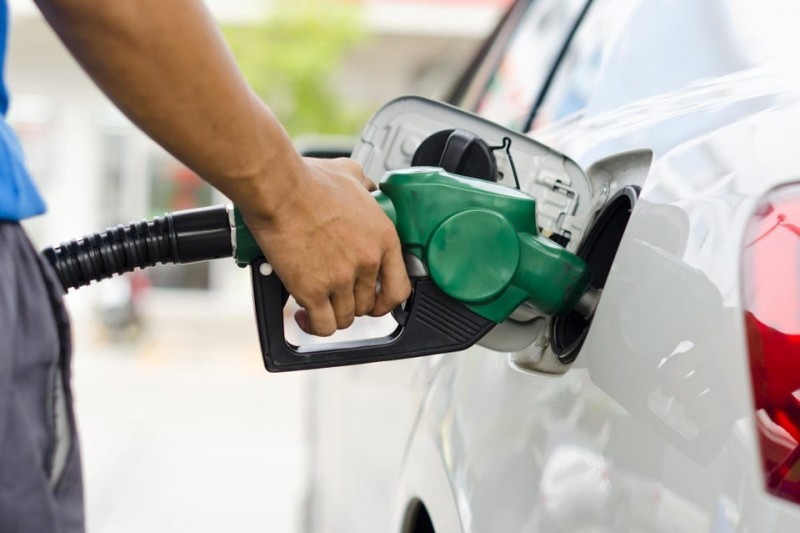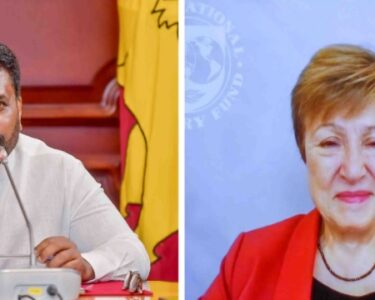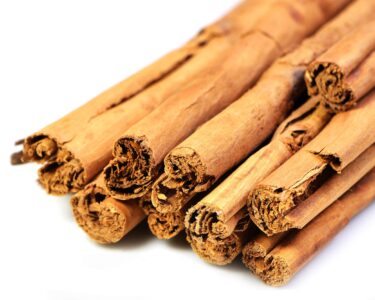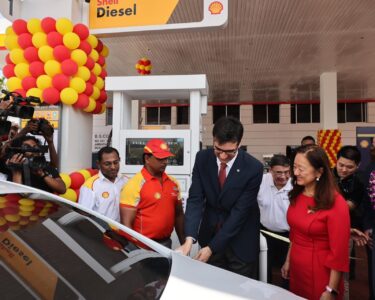Sri Lankans have received a reduction of LKR 20.00 per liter of petrol and diesel, which is nothing much with a 70% inflation rate in the marketplace.
The state-run Ceylon Petroleum Corporation (CPC) announced that the IOC is also to reduce fuel prices accordingly.
Although small this is the first decrease after five hikes since February
Black Market :
Still, there is a severe fuel shortage and a liter of petrol is selling at LKR 2500 on the black market.
New online registration has been set up but there is little information on when and where the fuel will be available. Meanwhile, there are regular clashes as essential services are been given priority for fuel supplies.
The state fuel provider has been blamed for not having a plan for delivery
New fuel pass scheme:
The government has said that it will put things to order by introducing a new fuel pass scheme, however, many previous systems have failed due to lack of supplies and poor planning.
Sri Lanka’s Ministry of Power announced the National Fuel Pass, a scheme yet to be put into practice. Although it is said that the new pass will guarantee a weekly fuel quota no one is sure if the fuel to deliver will be available weekly.
A QR code will be given for each National identity Card number (NIC), and turns for getting fuel will be allocated based on the last four digits of the NIC card, currently, there is little trust in such systems as the gap between supply and demand is huge and there is very little evidence that supply and demand could be matched as the gap is Hugh.
As the Petroleum cooperation is only supplying fuel for essential services long fuel queues could be seen in front of the Indian LIOC stations.
Deaths and Anger:
Although 20 deaths have been reported and the public is angry about the short supply of fuel nothing concrete seems to be happening and the end date of this crisis no- where near. Meanwhile, some have started hoarding fuel stocks while three-wheel drivers have started to fill in the tank and sell the fuel prices instead of providing commuter services.
Sri Lanka has largely relied on an Indian line of credit and it was extended recently and will end soon.
Is the price too high?
Meanwhile the Chairman of the Public Utilities Commission of Sri Lanka (PUCSL), Janaka Ratnayake made a controversial statement on fuel prices at the Committee on Public Enterprises (COPE) that petrol and diesel can be priced at approximately Rs. 250. He said that given the import prices of petroleum and the taxes levied by the petrol and diesel could be given to the consumer at much less than the current rate. However, the minister of petroleum has been silent on the matter, something which is worrying to many customers.
Tip of the Ice Berg:
The fuel crisis is just the tip of the iceberg and the issue is deeply rooted in several other issues. The impact of the Covid-19 pandemic on the tourism industry, a series of disastrous government financial policies, cutting taxes haphazardly, and attempting to hastily ban chemical fertilizer has a cumulative effect on the foreign exchange crisis that has triggered the fuel crisis.
Sri Lanka has been getting some emergency aid for food and drugs but donors are reluctant to provide aid to purchase fuel.
SRI Lanka is in talks with the IMF for a bailout and if it works out the fuel crisis may be resolved to some extent.
However top-level talks are on hold for the moment while work at the technical level is continuing. The IMF wants to see some sort of political stability before talks resume.
The current political turmoil may not end immediately even after a new president is elected and the fuel crisis may continue for some time.






